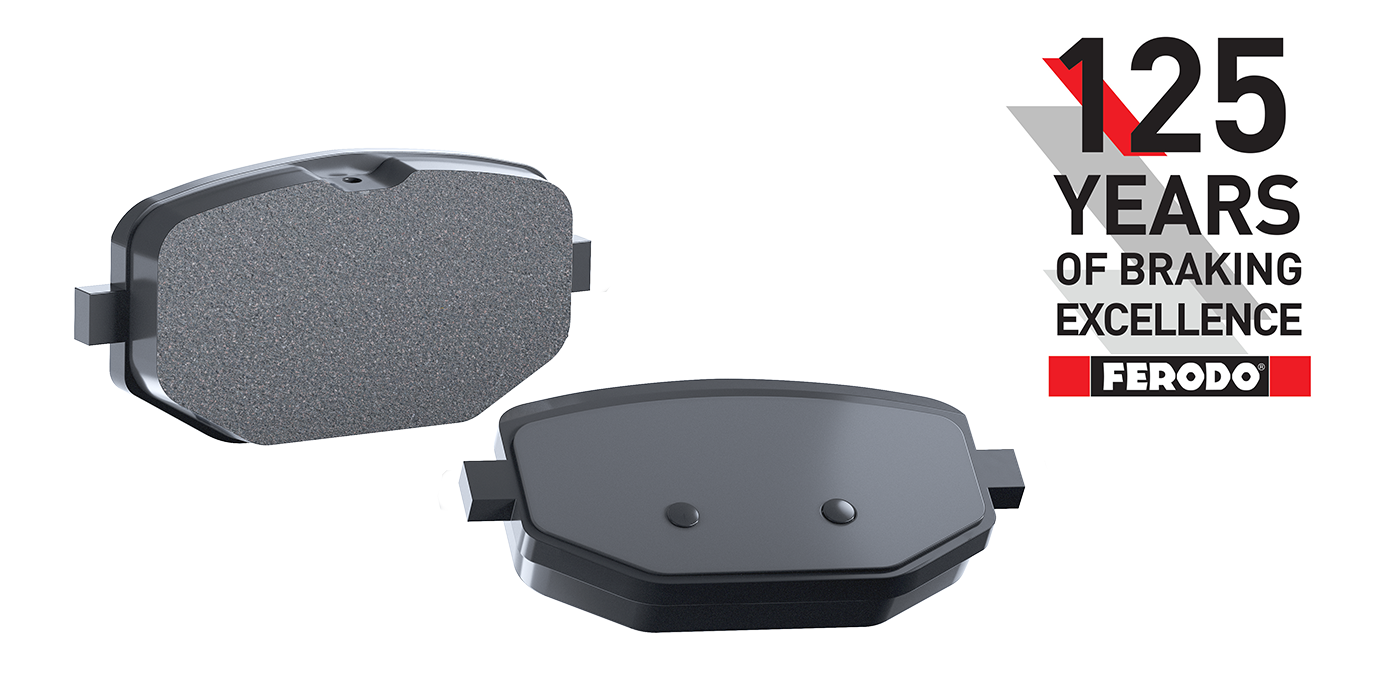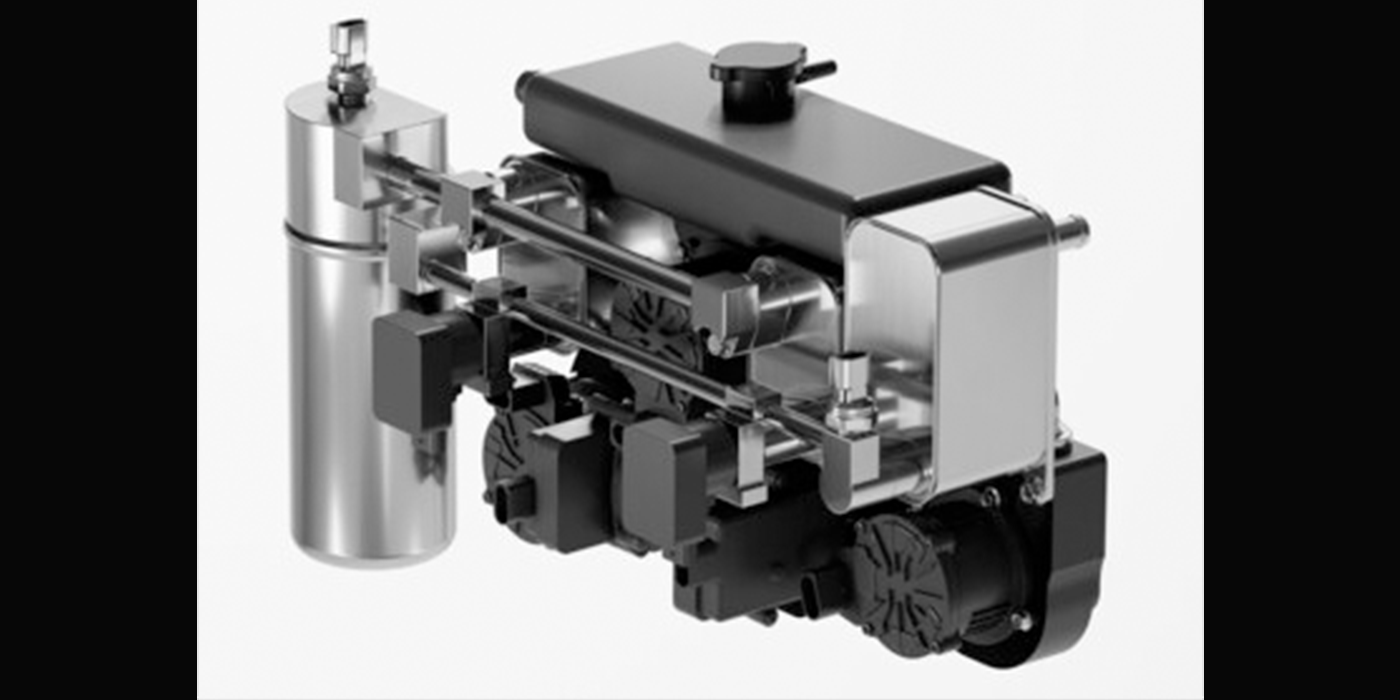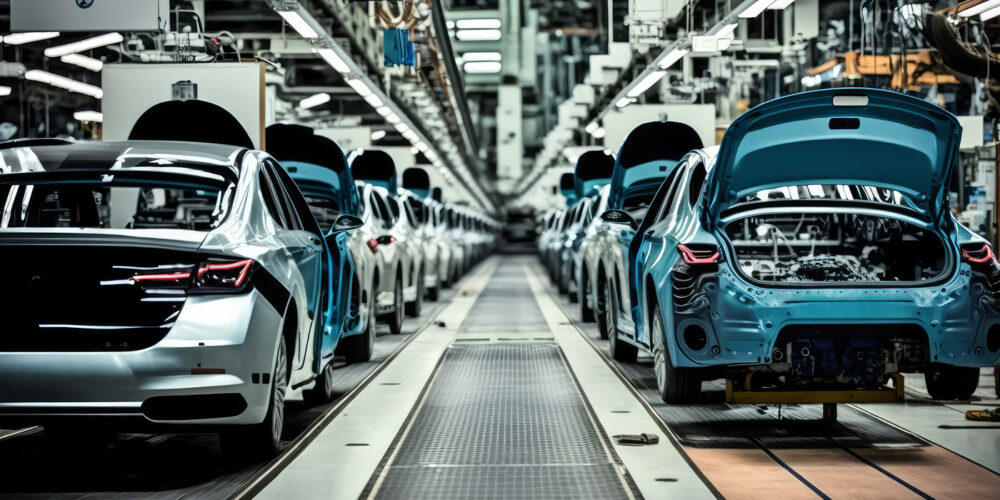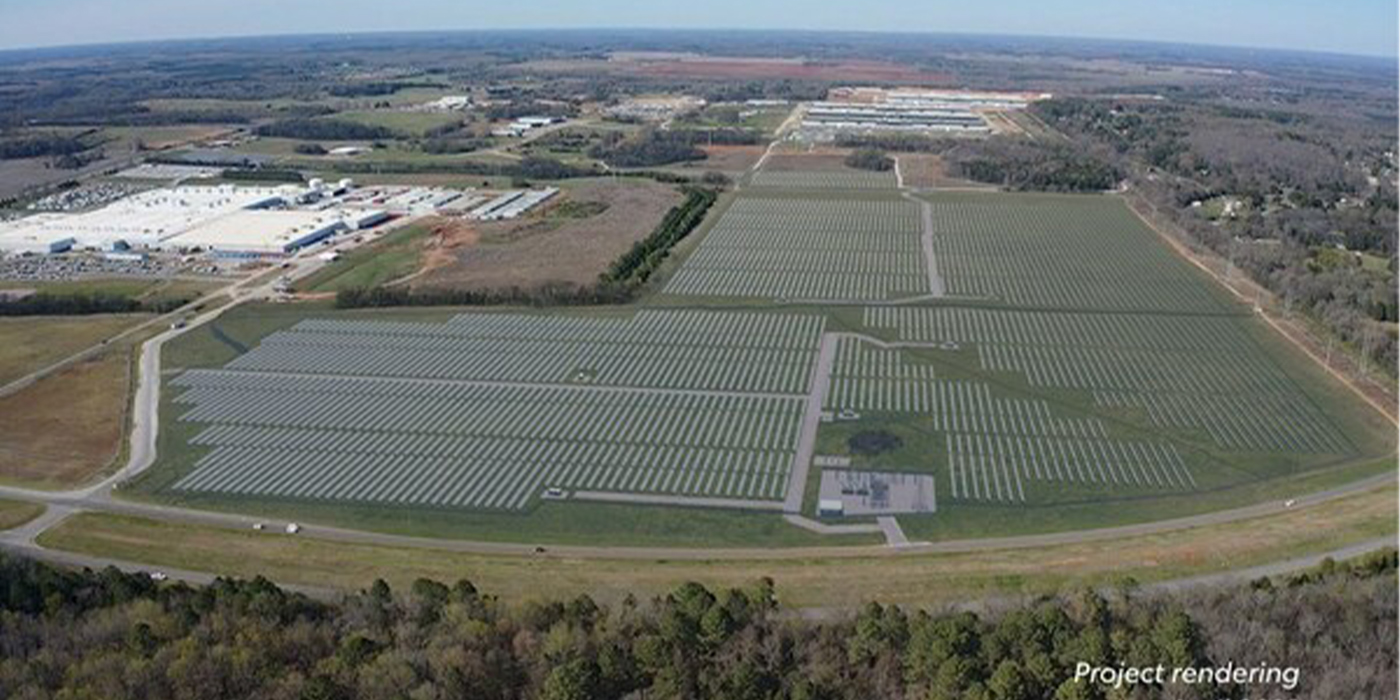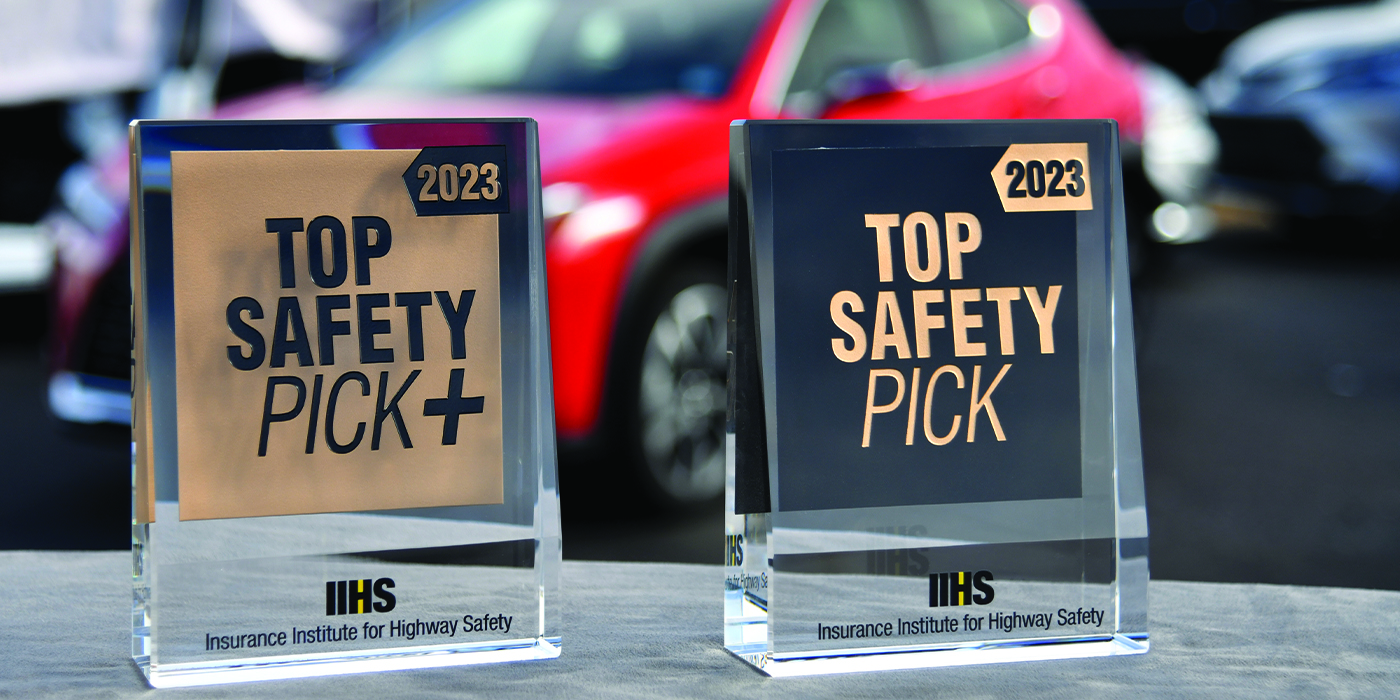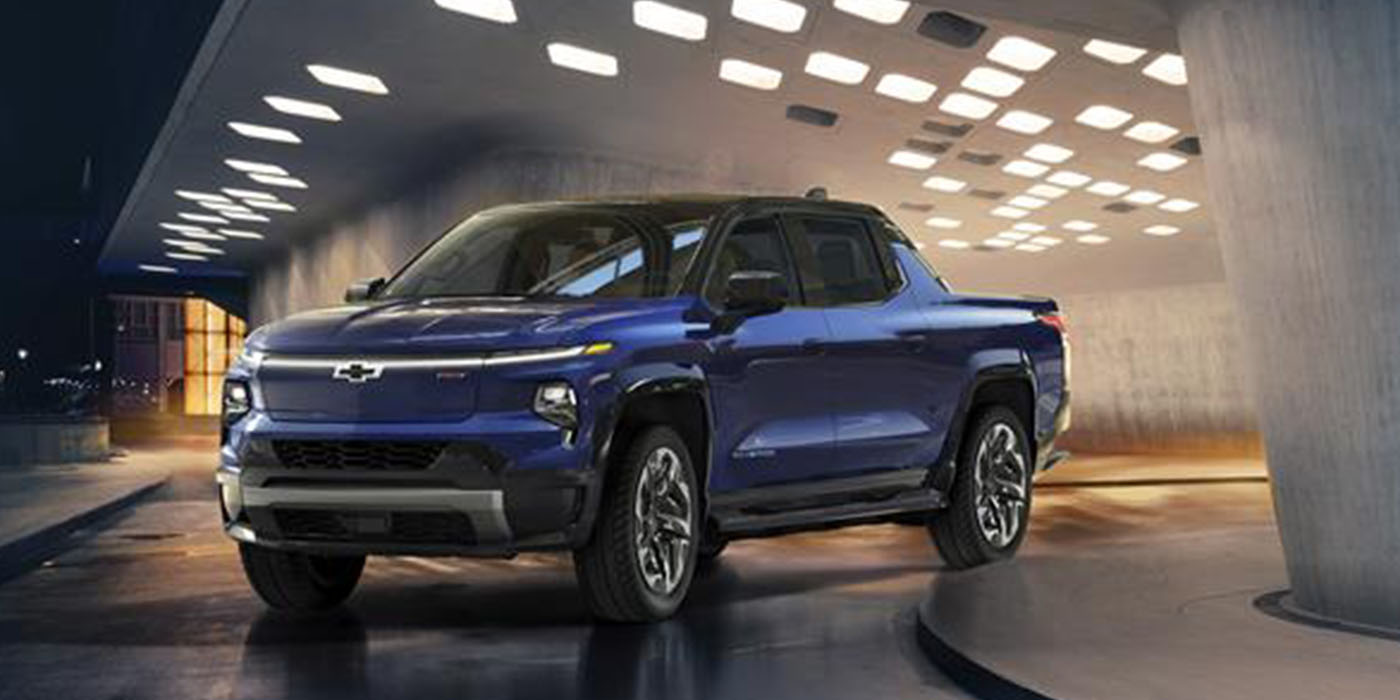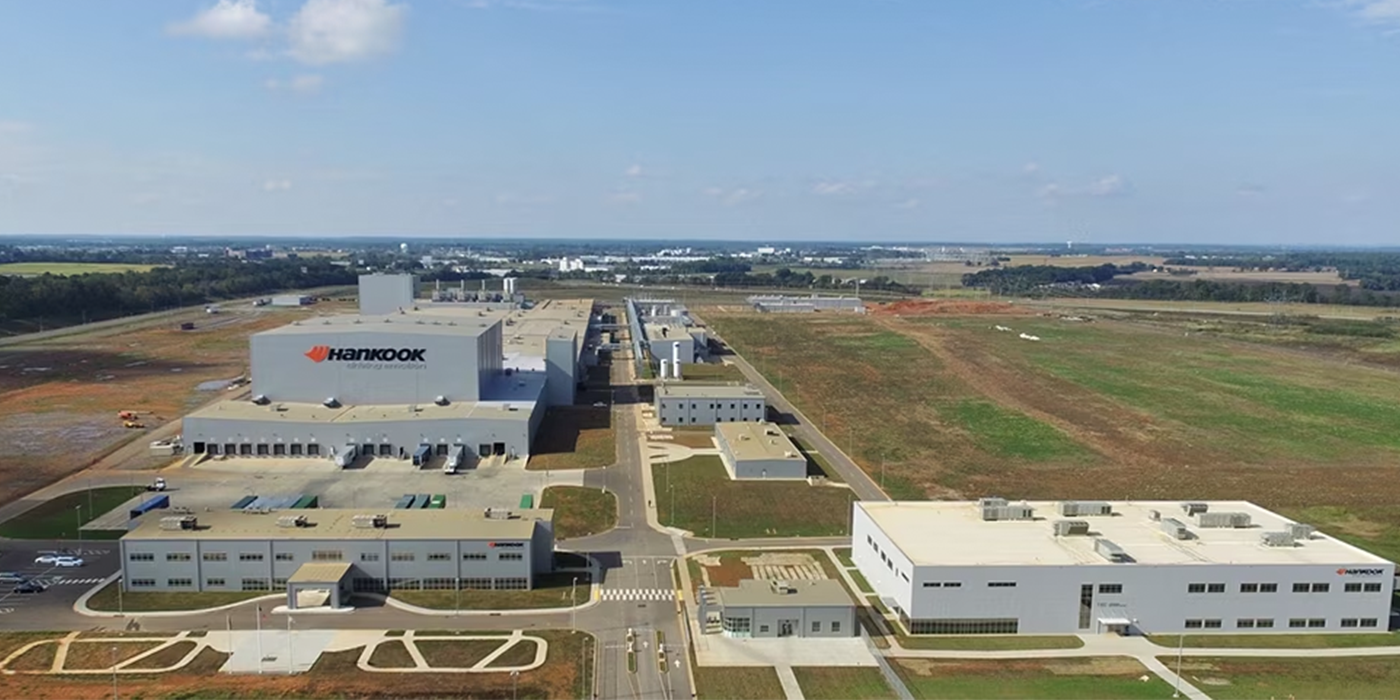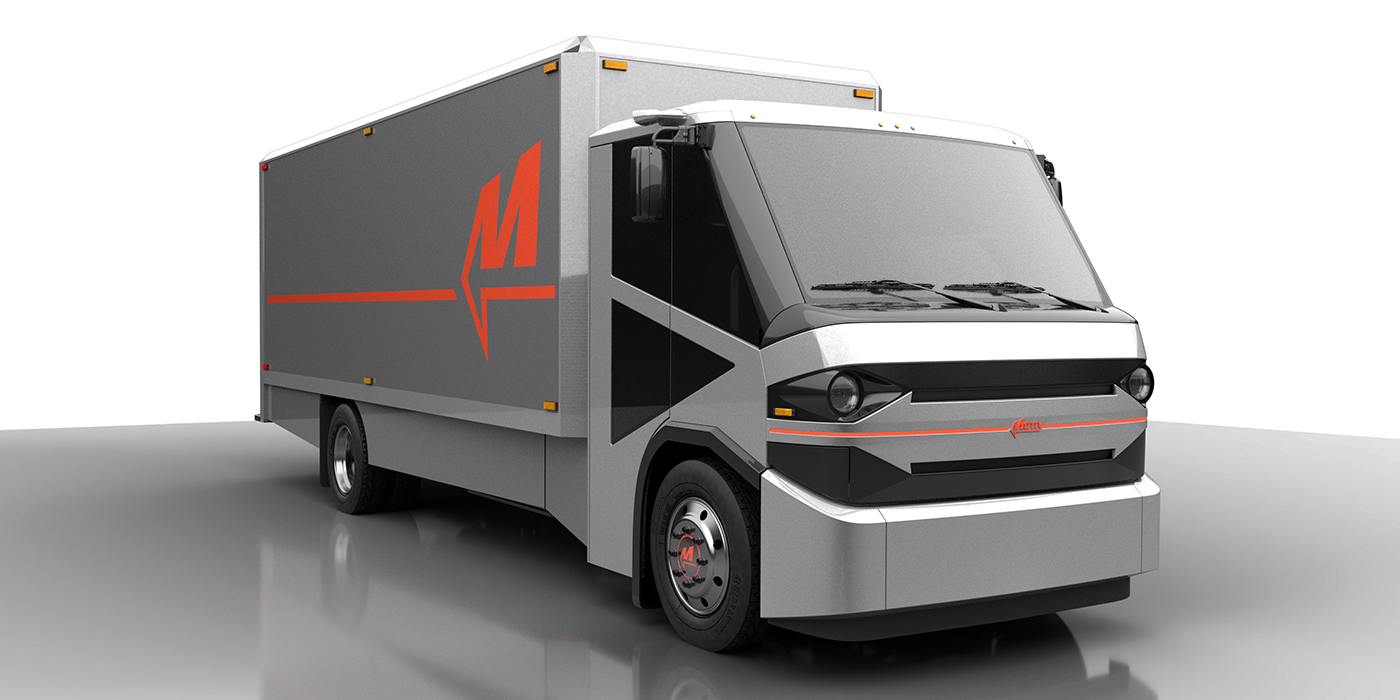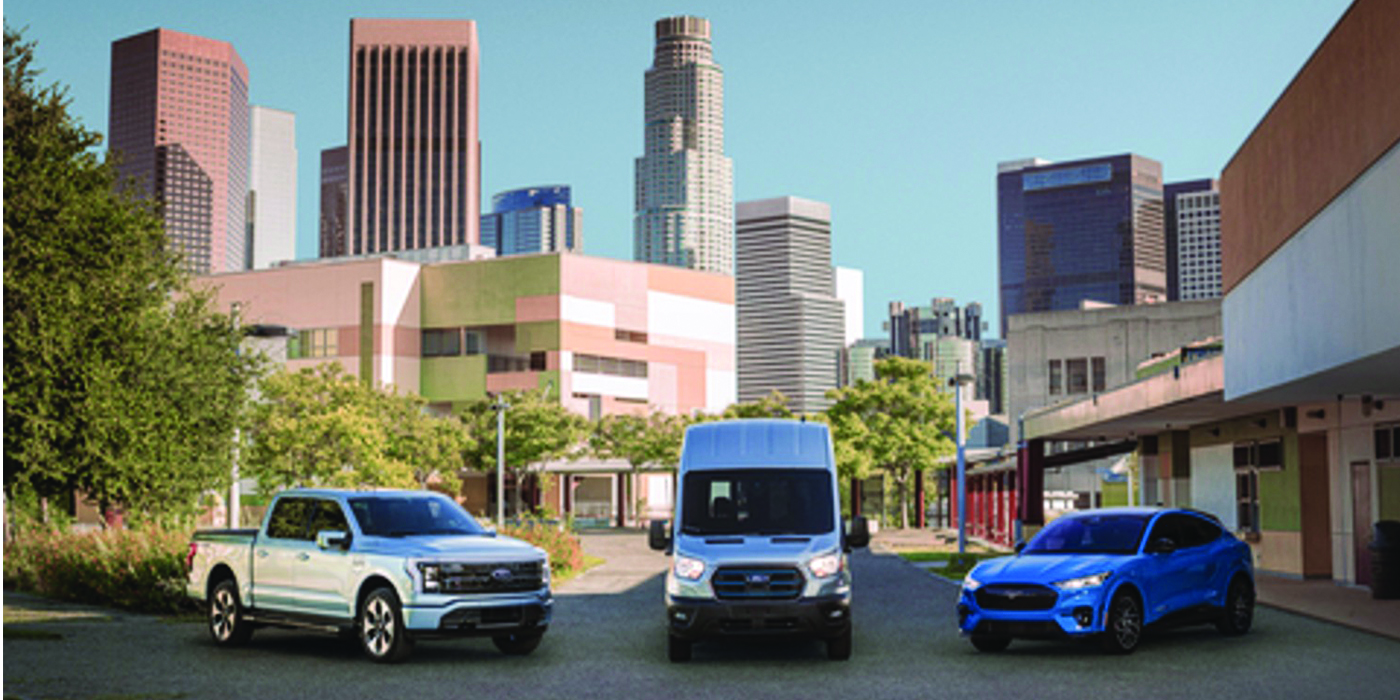From BodyShop Business
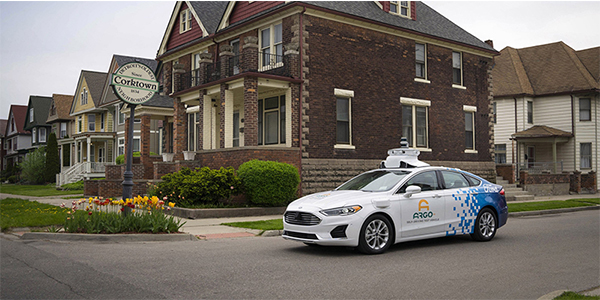
Argo AI, Ford’s hub for developing its automated driving system, has launched its third-generation of self-driving test vehicles in Detroit.
Ford has made a massive investment in Argo as it pushes to introduce the system to its production in 2021.
The third-generation test vehicle is the Ford Fusion Hybrid that Argo has now deployed in collaboration with Ford in five major cities: Pittsburgh, Palo Alto, Miami, Washington, D.C., and now Detroit .
In a Medium post, Peter Rander, president of Argo detailed his recent trip to the Motor City to get a new perspective on the deployment of the company’s autonomous technology.
“Riding through the historic Corktown neighborhood and passing Michigan Central Station on our way downtown, I couldn’t help but be struck by this milestone. Almost three decades after I left the automotive industry in Detroit and began researching computer vision and other self-driving technologies at Carnegie Mellon University, here I was back in my old haunt, experiencing our latest creation as it navigated streets and routed itself past new construction projects. A new form of transportation striving to emerge in a city that’s also in the midst of its own stunning transformation.”
Rander goes on to talk about the advancements present in this iteration of their autonomous driving system to ensure a safe ride every time.
“…the new cars are equipped with a significantly upgraded sensor suite, including new sets of radar and cameras with higher resolution and higher dynamic range. When trying to see an object that’s very far away, a lower resolution camera may only be able to represent it as a pixel or two. But with higher resolution, you may be able to get a dozen pixels out of the same far away object. In concert with upgraded software, this means our vehicles are getting better at seeing what’s farther ahead and classifying what it is.
“Our new test fleet also features a brand-new computing system — one that offers far more processing power than in our previous cars, with improved thermal management systems that generate less heat and noise inside the vehicle. That means a smarter vehicle, but also a quieter, more comfortable ride for anyone inside.
“Additionally, we’ve gone to great lengths to help ensure our vehicles can continue operating safely in the event that something unexpected occurs. Our latest development vehicles now feature redundant braking and steering systems that help maintain vehicle motion control in the event one of the units stops functioning. These types of redundant systems are included to help ensure the safe deployment of self-driving vehicles, granting them the ability to detect faults and preserve their ability to safely stop or pull over as needed.”
Rander said that each new environment the vehicles are introduced to bring a new unique learning opportunity.
“For instance, the Motor City really earns its name by offering an astounding diversity of road types. Unlike Washington, D.C. and its common traffic circles or Pittsburgh and its famous multi-point intersections, Detroit roads don’t have a singular defining feature — the city and its metro area contain all of these and more, with almost every kind of road you can expect to see.
“Some Detroit streets are wide and can often have unmarked lanes, presenting our vehicles with the challenge of having to reason through how to navigate while predicting what other drivers may do, so we don’t cause unnecessary congestion. Other residential streets are narrow two-lane roads with cars parked on either side. Combine that with overhanging tree branches, which we don’t often see in other urban environments, and you’ve got a very dynamic situation. Add in pop-up construction that’s occurring all over the city and you’ve got a diverse, condensed training ground that really informs our development efforts.”
To read the full post, click here.



